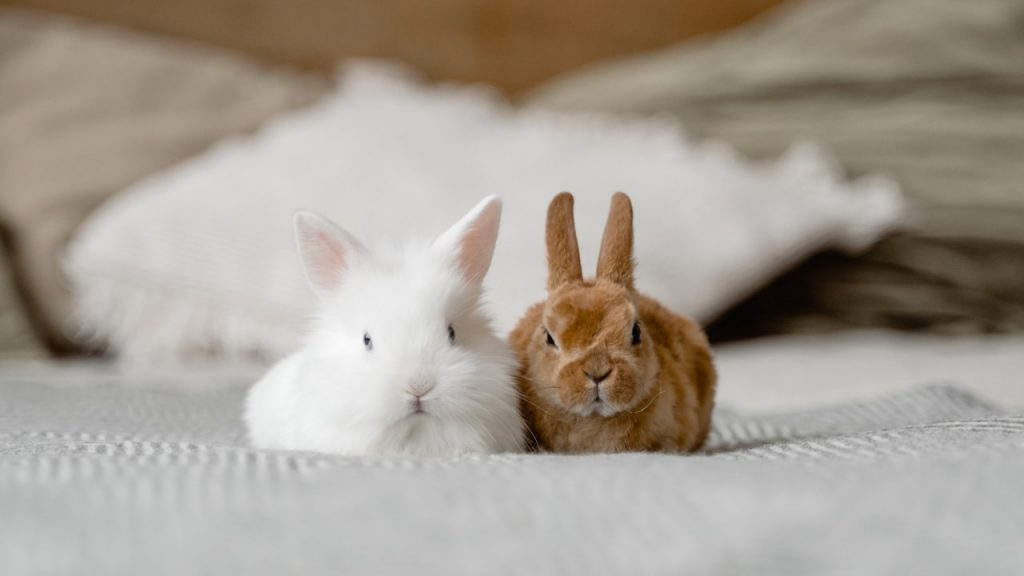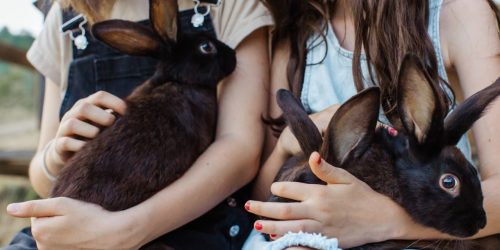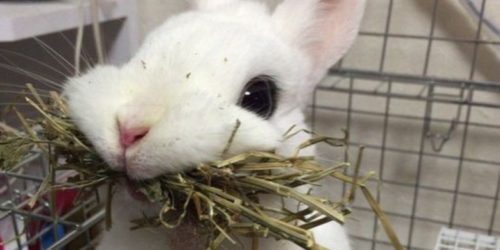Guide to Bunny Breeding: Tips and Tricks

Bunny breeding can be a rewarding and educational experience for both experienced breeders and beginners alike. Whether you’re looking to expand your rabbitry or simply want to learn more about the process, this guide will provide you with valuable tips and tricks to ensure a successful breeding experience.
We’ll cover everything from choosing the right breeding pair to how to create the best xxx experience for your bunny friends. So let’s dive in and explore the world of bunny breeding together!
Choosing the Right Breeding Pair
One of the most crucial aspects of bunny breeding is selecting the right breeding pair. Here are some tips to help you make the best choice:
- Breed for a Purpose: Before you start breeding, determine the purpose of your breeding program. Are you looking to improve the breed, show your rabbits, or simply have them as pets? This will help you choose the right pair based on their traits and characteristics.
- Age for Breeding: Rabbits can start breeding as early as 4 months of age, but it’s best to wait until they are at least 6 months old to ensure their bodies are fully developed.
- Health and Weight: Ensure that your rabbits are in good health and not over or underweight before breeding them.
- Inbreeding: Inbreeding, or breeding within a family, is a controversial topic in the rabbit breeding community. It’s generally recommended to avoid inbreeding to maintain the overall health and quality of the breed.
To learn more about selecting the right breeding pair, you can refer to this informative article on Teal Stone Homestead.
Breeding Methods
There are several ways to breed rabbits, and the method you choose will depend on your preferences and the resources available to you. Here are a few common breeding methods:
- Taking the Doe to the Buck’s Cage: This method involves bringing the female rabbit to the male’s cage for breeding. It’s a simple and efficient way to ensure successful mating.
- Free Breeding in a Neutral Territory: Some breeders prefer to let the breeding pair roam freely in a neutral territory, such as an ex-pen, during the breeding process. This method allows the rabbits to graze and relax when they are not breeding.
- Artificial Insemination: Artificial insemination is a more advanced breeding technique that requires specialized equipment and knowledge. It can be useful for breeders who want to control the breeding process more precisely.
For a more in-depth look at these breeding methods, visit Quality Cage.
Caring for the Pregnant Doe and Newborn Kits
Once your rabbits have successfully mated, it’s essential to provide proper care for the pregnant doe and her newborn kits. Here are some tips to help you through this crucial stage:
- Pregnancy Duration: A rabbit’s gestation period is approximately 32 days. During this time, make sure the doe has a comfortable and quiet nesting area where she can prepare for the birth.
- Feeding and Watering: Provide the pregnant doe with a balanced diet and fresh water to ensure she stays healthy during her pregnancy. Avoid disturbing her while she is nursing the kits, as rabbits only nurse their young twice a day for 5-10 minutes at a time.
- Weaning the Kits: When the kits are around 4-6 weeks old, they can be weaned from their mother’s milk and introduced to solid food. Provide them with a high-quality rabbit pellet and fresh hay for optimal growth and development.
Conclusion
Bunny breeding can be a fascinating and rewarding experience when done correctly. By choosing the right breeding pair, using the appropriate breeding methods, and providing proper care for the pregnant doe and newborn kits, you can ensure a successful and enjoyable breeding journey.
Remember to always prioritize the health and well-being of your rabbits, and don’t hesitate to reach out to experienced breeders or veterinarians for guidance along the way. Happy breeding!





